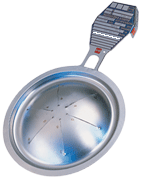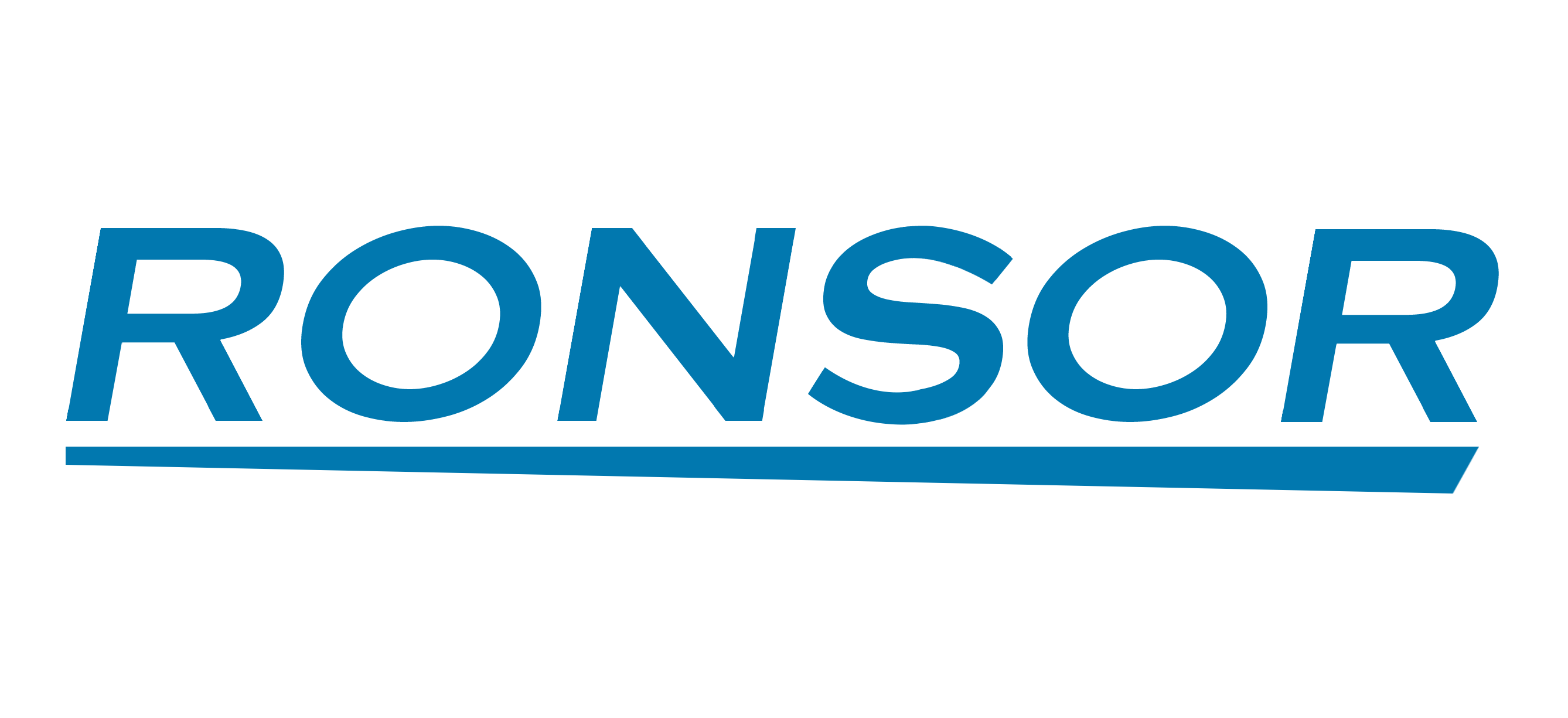
The Type D Composite Bursting Disc consists of a slotted metal top section and a plastic or metal seal membrane located at the concave or pressure side of the top section. The top section is the pressure zone and controls bursting rating of disc. Since the top section has open slots, the seal isolates it from process media and prevents leakage. Like the Type B Solid Metal Bursting Disc, the Type D composite disc is dome-shaped with an angular seating arrangement. Pressure is applied to dished or concave side, subjecting disc metal to tension loading.
Seal material in the Type D bursting disc is thin and subject to damage by a foreign substance on seating surfaces or flanges. It may be desirable to use a heavier gauge metal ring permanently mounted to the seat area of the plastic or metal seal. This assembly is called Type DR bursting disc. When two rings are used, the assembly is called Type DRR bursting discs.
When vacuum is involved-in any amount the seal MUST have a structural support. Standard support for Type D discs is the same as that used with Type B discs, a domed structure with pie shaped segments or a laser cut single piece construction, depending upon size and pressure rating. Support is mated to upstream or pressure side of seal. All three components are permanently attached. This assembly is called Type DV bursting disc.
When a DV disc is specified and high vacuum is involved-in the micron range a soft gasket ring should be applied to the seat of support on the process side. This assembly is called Type DSV bursting disc. If a DR ring is also attached to the atmospheric side of the disc, the assembly is called Type DRSV.
When it is desirable to protect the metal top section of a Type D disc from contaminants in a valve, header, piping, or atmosphere; a plastic liner can be attached on the convex side. This assembly is called a PLD bursting disc. A plastic liner covering and isolating a built-in support from process media becomes a PLDV bursting disc. In severe applications, metal exposure may not be desirable, hence the plastic covering.
